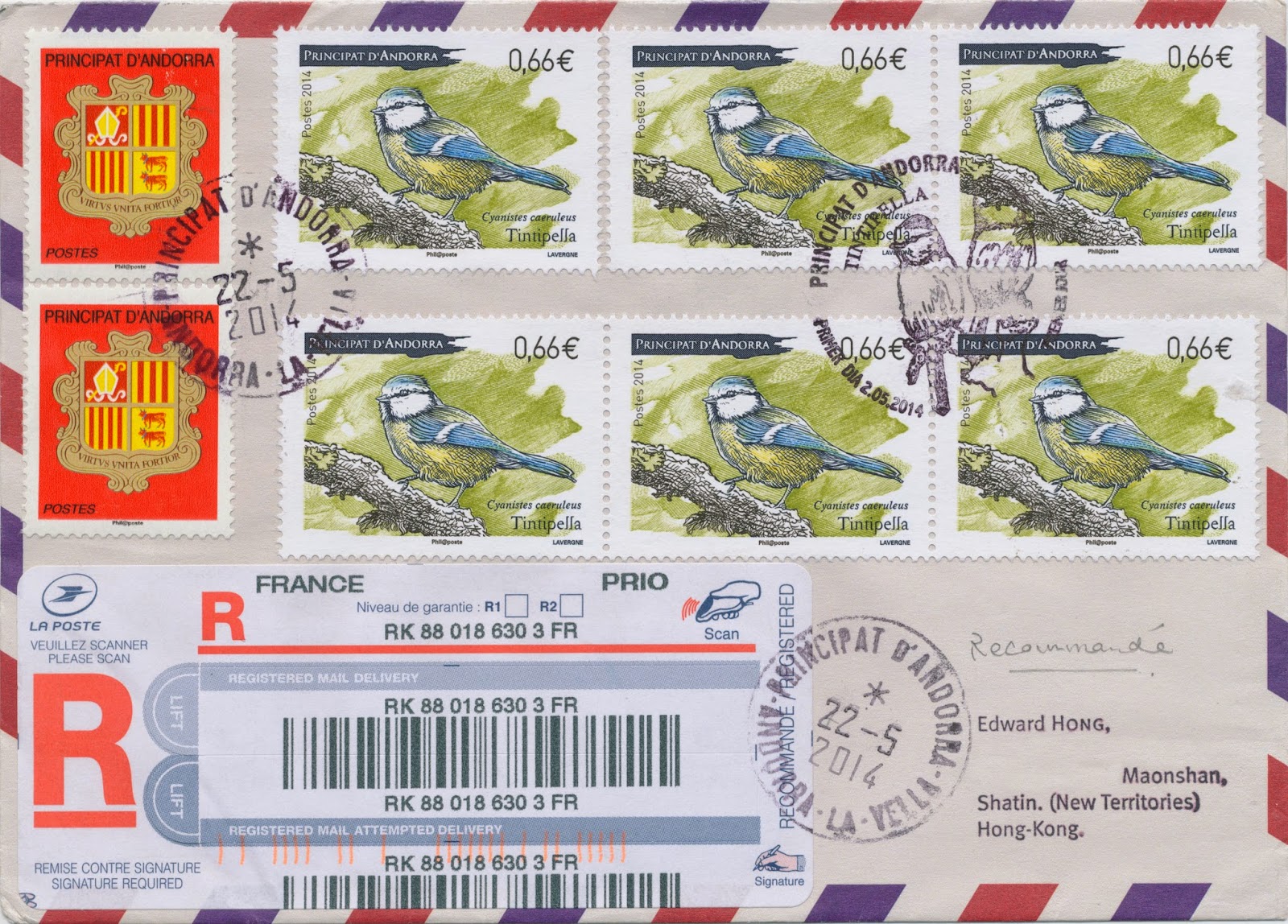L : Red-fronted Parrot (黑翅賈丁氏鸚鵡) ; R : Cape Parrot (海角鸚鵡)
Burundi (2011)
20th October, 2014. Bujumbura
Burundi (2011)
20th October, 2014. Bujumbura
Red-fronted Parrot also known as the Jardine's parrot, is a medium-sized mainly green parrot endemic across wide areas of Africa. It has three subspecies. The extent and shade of the red or orange plumage on its head, thighs, and bend of wings vary depending on the subspecies. They are popular as pets, partly because of their ability to mimic speech and copy sounds. Trapping of wild birds for the pet trade is a potential threat to wild populations; however, they are protected by CITES (appendix II) making the trade, import and export of all wild-caught parrots illegal.
Cape Parrot is a short-tailed moderately large bird with a very large beak used to crack all sorts of hard nuts and fruit kernels, especially those of African yellowwood trees Podocarpus spp.. This contrasts with the closely related Savanna species (Poicephalus fuscicollis) which feeds on and a wide variety of tropical woodland trees such as Marula, Commiphora spp. and Terminalia spp.. These species are sexually dimorphic, with females typically sporting an orange frontal patch on the forehead. Juveniles also show a larger orange - pink patch on the forehead but lack the red on shoulders and legs of adults. These plumage characteristics vary among individuals and among the three recognized forms.






















































